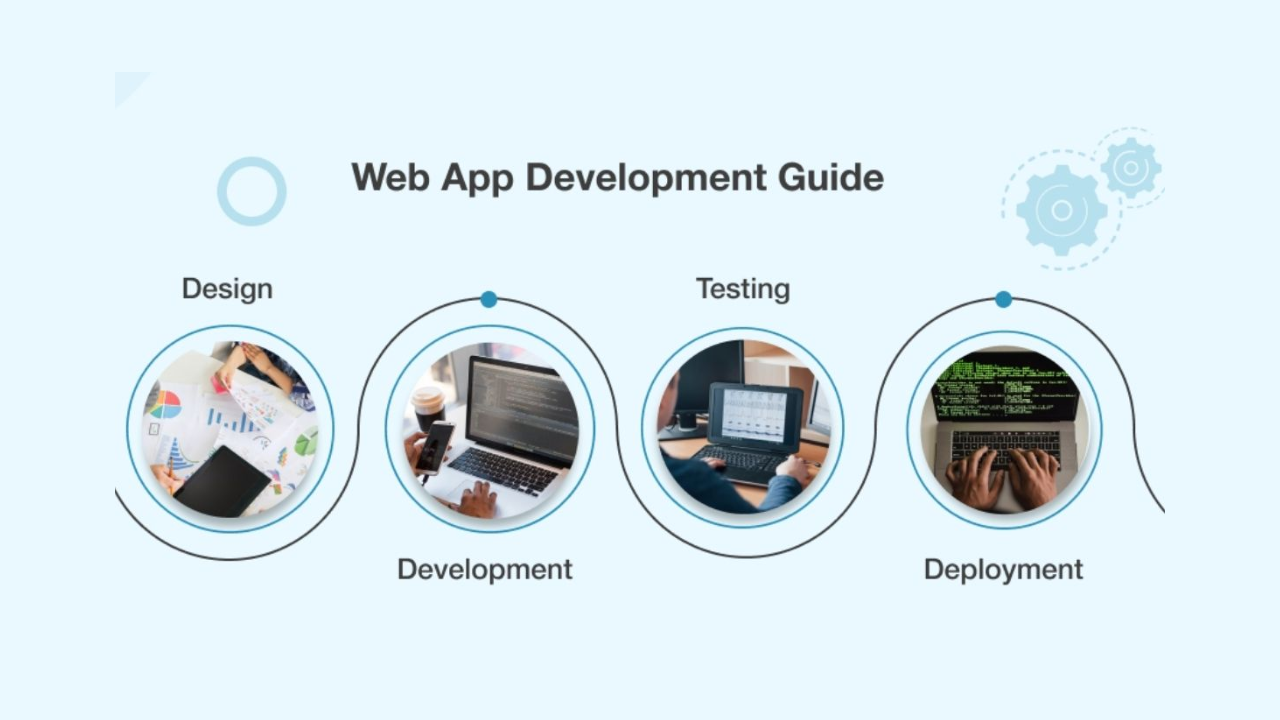Creating a successful User Experience (UX) project involves a combination of planning, research, and execution. Here are ten strategies to ensure the success of your UX project:
- Understand User Needs: Start by conducting thorough user research to understand your target audience’s needs, preferences, and pain points. This forms the foundation of your project.
- Set Clear Objectives: Define clear and measurable goals for your UX project. What do you want to achieve in terms of user satisfaction, engagement, or conversion rates?
- Create User Personas: Develop user personas to represent different segments of your audience. Personas help you design with specific users in mind.
- Wireframing and Prototyping: Use wireframes and prototypes to visualize the user interface and interaction flow. This allows you to quickly iterate and test ideas before implementation.
- Usability Testing: Regularly conduct usability testing with real users to identify and address any issues early in the design process.
- Mobile Responsiveness: Ensure your UX project is mobile-responsive. With a growing number of users accessing content on mobile devices, a responsive design is essential.
- Accessibility: Pay attention to accessibility standards to make your project inclusive for users with disabilities. This not only serves a broader audience but may also be legally required in some cases.
- Iterate and Refine: UX is an iterative process. Continuously gather feedback and data, and make adjustments to improve the user experience.
- Cross-Functional Collaboration: Foster collaboration between UX designers, developers, and other stakeholders. Everyone should have a clear understanding of user goals and project objectives.
- User-Centered Design: Keep the user at the center of your design decisions. Ask questions like, “How does this benefit the user?” and “Will this enhance the user experience?”
Remember that a successful UX project is an ongoing effort. Even after the project is launched, monitor user behavior, collect feedback, and make improvements as needed to maintain a positive user experience.









